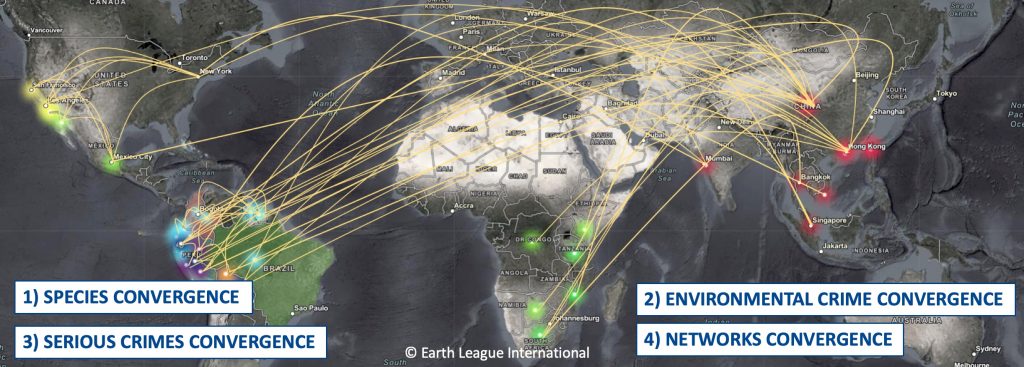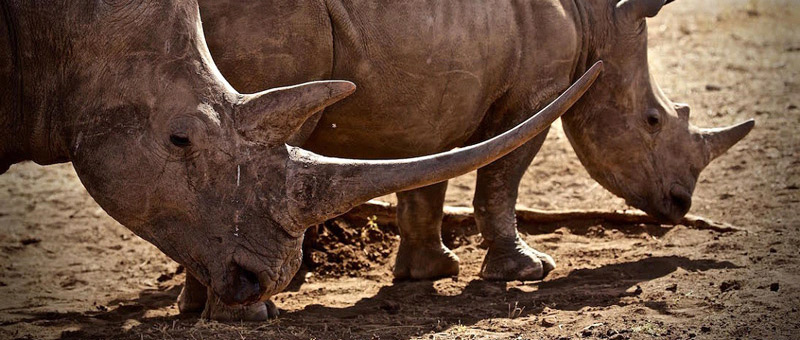ELI’s new series of LinkedIn posts aim to provide a deeper understanding of environmental crime and criminal convergence
ELI’s Executive Director, Andrea Crosta, kicked off the series by beginning to contextualize environmental/wildlife crime within the broader framework of criminal convergence. In his post, Crosta provides a nuanced understanding of environmental crimes, their nexus to other serious crimes, and the complexities of the associated global transnational organized crime networks (TOC).
Furthermore, he introduces ELI’s 4 Convergence “Types”:
1) Multiple Species Trafficking and Trade Convergence
2) Multiple Environmental Crime Convergence
3) Multiple Crime Convergence
4) Transnational Network Convergence

Despite being widely recognized as one of the largest transnational organized crime industries worldwide, environmental/wildlife crime has been primarily treated as an environmental/conservation issue, failing to be properly contextualized within the broader framework of criminal convergence.
For decades, environmental crime issues such as poaching, illegal fishing and illegal logging, have been primarily treated as conservation or environmental protection issues, commonly placing solutions mostly on rangers and anti-poaching activities, biologists or community-based work. This approach fails to properly contextualize environmental stresses within a broader understanding of environmental crimes, the nexus to other serious crimes, and the complexities of the associated global transnational organized crime networks (TOC) that orchestrate and carry out these crimes.
According to Interpol and UNODC, environmental crime is reported to ‘converge,’ or overlap, with counterfeiting, drug trafficking, cybercrime, human trafficking, financial crime, arms trafficking, and terrorism. Environmental crime, often an easy source of money for organized crime, is a cross-cutting criminal activity; it converges alongside other serious crimes and augments the influence of existing transnational organized crime networks.
As we continue the series, we will further elaborate upon ELI’s Convergence paradigm by presenting specific case studies from our work in the field. Stay tuned next week as we present key findings and evidence regarding the criminal network identified by ELI as SA1. As one of the most robust and powerful jaguar trafficking networks in South America, SA1 serves as an important case study of convergence.





